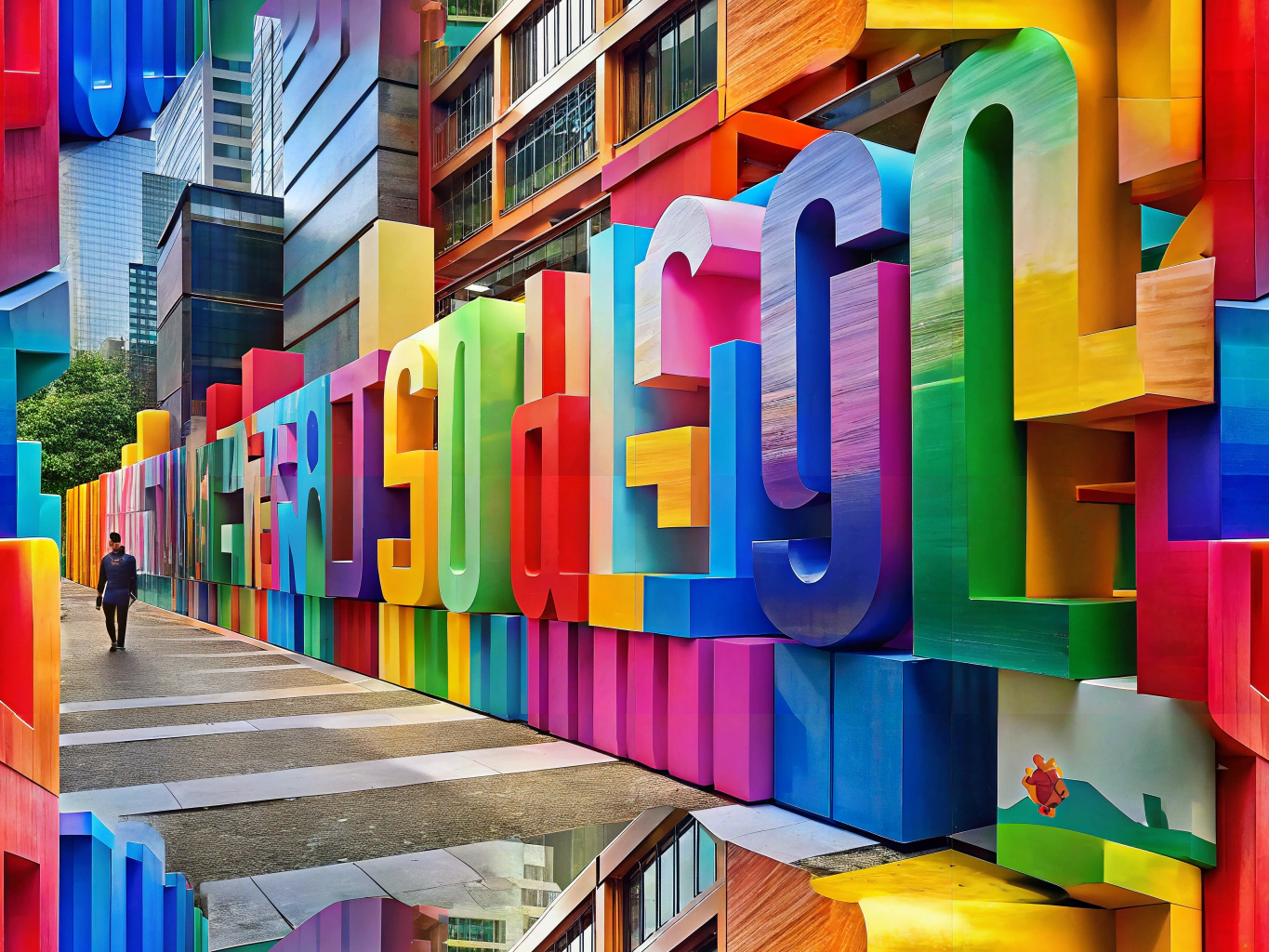
The Vibrant World of Color: Transforming Signage into Emotional Experiences
The Vibrant World of Color: Transforming Signage into Emotional Experiences
Picture this: you step into a store and are immediately enveloped by a wave of calm or a burst of excitement. What if this emotional response was orchestrated by the colors surrounding you? Colors are not just visual elements; they are powerful tools in the realm of marketing and branding, capable of influencing emotions and behaviors. Let’s delve into how color psychology in signage can be strategically harnessed to sway customer behavior and elevate brand perception. For businesses eager to forge a deeper connection with their audience, understanding the role of color psychology in marketing and branding is indispensable.
Decoding the Emotional Palette of Business Signs
For any brand aiming to leave a lasting impression, grasping the psychology of color in business signs is essential. Colors have the unique ability to evoke specific emotions and behaviors, making them a cornerstone of effective advertising. Take red, for instance—it can ignite excitement and urgency, which is why it’s a staple in clearance sales. On the other hand, blue often conjures feelings of trust and dependability, making it a favorite among financial institutions. By optimizing for the psychology of color in advertising, businesses can craft signage that elicits the desired emotional responses from their customers.
The Colorful Impact on Branding and Consumer Choices
Color is a powerful player in shaping brand identity and swaying consumer decisions. Here’s why using color strategically in branding and advertising is a game-changer:
- Emotional Resonance: Colors can stir emotions that resonate deeply with consumers, fostering a more profound connection with the brand.
- Distinctive Identity: A unique color palette can set a brand apart from its competitors, enhancing its recognizability.
- Enhanced Customer Experience: Thoughtful color choices can elevate the overall customer experience, making interactions with the brand more enjoyable.
These advantages underscore the significance of color psychology in advertising, as it can dramatically influence brand recognition and customer engagement.
Crafting a Color Strategy to Shape Customer Behavior
To effectively harness color influence on customer behavior, businesses should consider these practical steps:
- Strategic Design: Select colors that align with your brand’s message and values. Reflect on the emotions you wish to evoke and choose colors that support this vision.
- Cultural Sensitivity: Be aware of cultural differences in color perception. Colors can carry different meanings across cultures, so tailoring your signage to your target audience is crucial.
- Environmental Context: Consider the setting where your signage will be displayed. The surrounding colors and lighting can impact how your chosen colors are perceived.
By adopting these strategies, businesses can leverage the power of color psychology to enhance their signage and effectively influence customer behavior.
Icons of Color: Brands That Mastered the Art
Several brands have mastered the art of color psychology in their signage, creating a formidable brand presence. Consider these examples:
- Coca-Cola: The iconic red and white color scheme is synonymous with excitement and energy, making it instantly recognizable worldwide.
- McDonald’s: The vibrant red and yellow in their signage stimulate appetite and happiness, encouraging customers to indulge.
- Starbucks: The soothing green in their logo and signage evokes relaxation and calm, aligning with their brand’s focus on providing a comfortable environment.
These examples illustrate the profound impact of color on consumer behavior and brand perception. Insights from industry experts and brand-specific research further highlight the importance of strategic color use in signage.
Color: The Silent Ambassador of Brand Perception
In conclusion, understanding and utilizing color psychology in signage is vital for influencing customer behavior and enhancing brand perception. By considering emotional and cultural factors, businesses can create compelling signage that resonates with their audience. Emphasizing the importance of color psychology in advertising and its impact on consumer behavior can pave the way for more successful marketing strategies.
For more insights on how custom signage can elevate your brand, visit our custom signage solutions page.





Add a comment